Affiliate links on Android Authority may earn us a commission. Learn more.
Fact or fiction? 5 common smartphone misconceptions, debunked
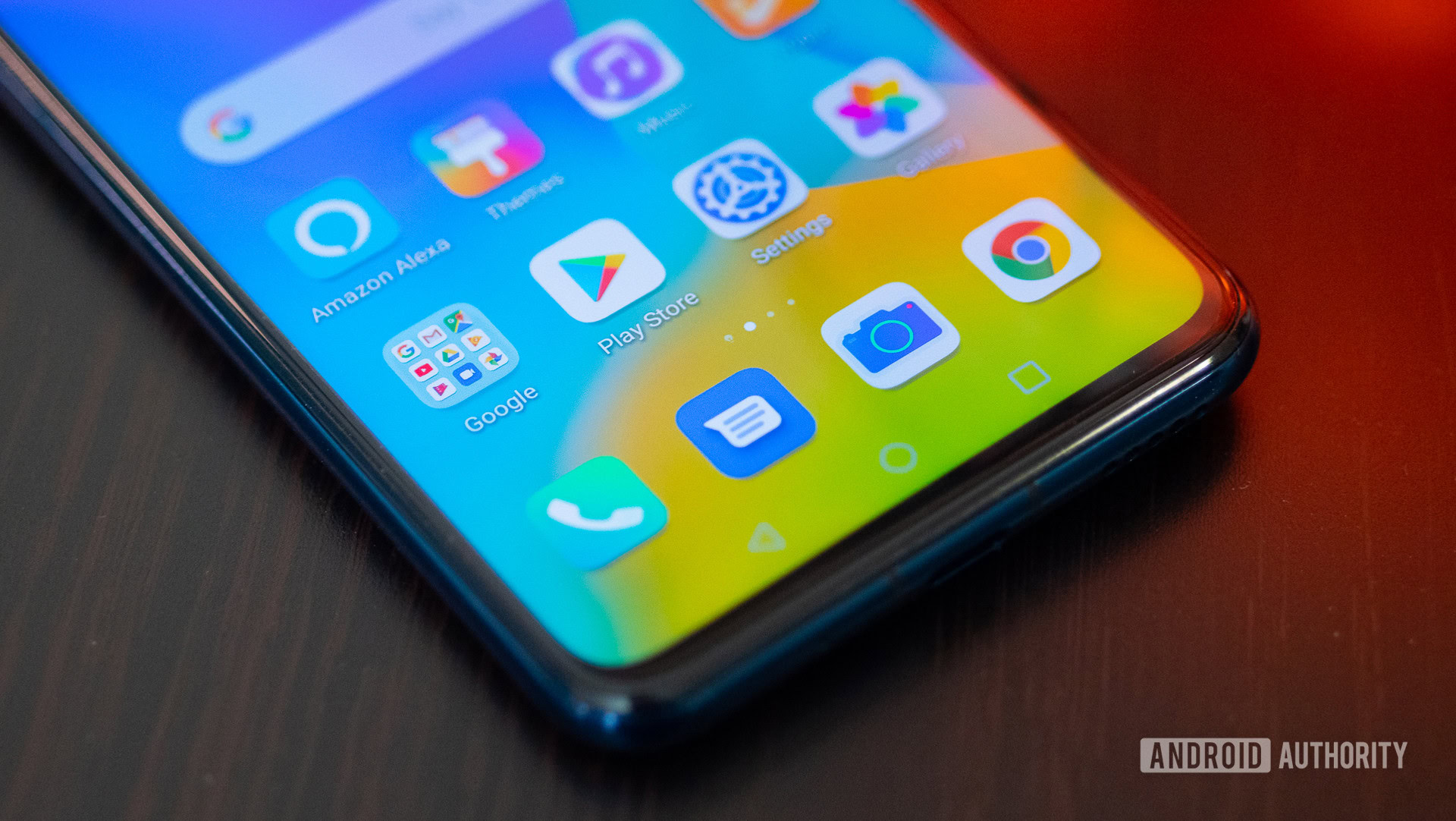
In the age of social media and “fake news,” it’s all too easy for misinformation to spread like wildfire, and the world of technology is no stranger to the spread of untruths or half-truths. This has led to some common misconceptions about smartphones that many take for granted as being completely accurate.
Today, we’re going to unpick some of the common misconceptions that have invaded online and offline discussions about phones and explain why they’re incorrect. If you’re a regular around here at Android Authority, you may well know a bunch of these already (you clever people, you), but some may still come as a surprise. It’s time for some debunking!
QHD is 2K
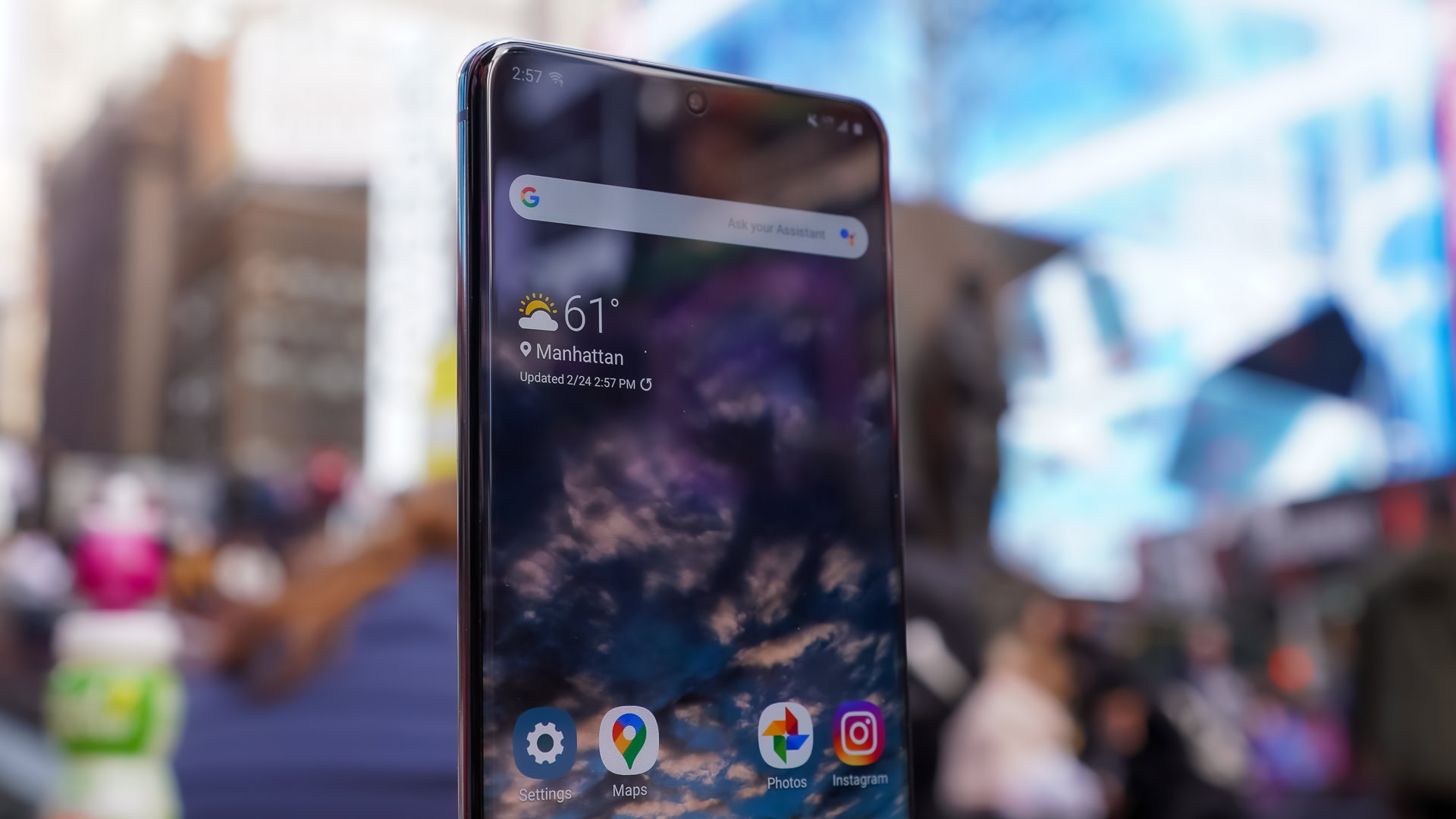
I’ve seen this mistake too many times to count and I’m uncertain where the origin of this nonsense lies. There is a common misconception about display resolutions, specifically the term “2K.” Many think that 2K is 2,560 x 1,440, which is incorrect. 2K is, in fact, the DCI standard for the resolution 2,048 x 1,080, meaning that it’s an extension of Full HD (1,920 x 1,080).
When someone refers to a QHD screen as being 2K, they’re actually doing it a disservice. A QHD display has 3,686,400 pixels, whereas a 2K panel only has 2,211,840 pixels. That means that a 2K screen has a whopping 40% fewer pixels than a real QHD display.
Continue reading: Can we really tell the difference between QHD and FHD?
The likely reason that we continue to see this is that in the wave of 4K and 8K marketing, 2K seems to fit in more than QHD. Our TVs are 4K, so it makes sense that phones, with those smaller screens, drop down to 2K, right?
This misconception has been compounded further by a handful of smartphone brands further muddying the waters. You can easily find 2K being incorrectly used as a synonym for QHD on product marketing and store pages. Here are just a few examples:
USB-C is faster than Micro-USB

In the transition from micro-USB to USB-C, there was much talk about the increase in transfer speeds. With USB-C being a far newer connector than micro-USB, it’s often assumed that it’ll be much faster as standard, but that’s not necessarily the case. There are many phones that, whilst sporting USB-C ports, still use the USB 2.0 protocol instead of USB 3.0. USB 2.0 is an older standard that tops out at a transfer speed of just 480Mbps. By comparison, USB 3.0 is capable of up to ~5,000Mbps or 5Gbps.
Continue reading: The Google Pixel series has a strange USB-C transfer problem
As an example, OnePlus’ 7 series was the first set of phones from the company to offer USB 3.1 speeds. All its previous devices utilized 2.0 speeds, including those with USB-C ports. The ASUS Zenfone 6 and realme X2 Pro, two phones released as recently as 2019, are other examples of flagship-level phones with USB-C at 2.0 speeds.
For smartphone users like me who like to back up their media regularly, having the fastest file transfer speed is essential. If you want the best, don’t just look at the port and assume you’re onto a winner — check out that all-important protocol number on a phone’s spec sheet.
More RAM = faster phones
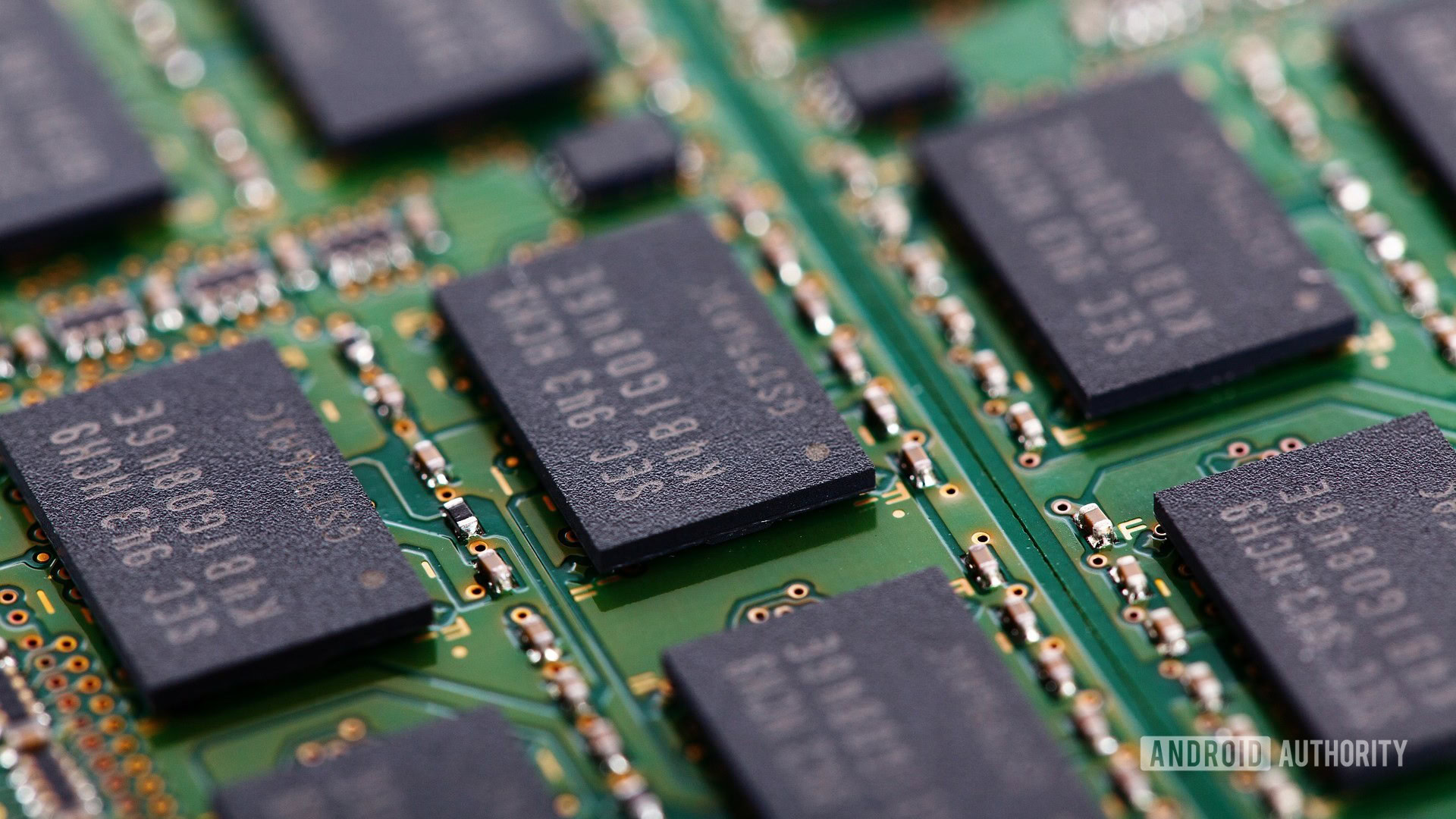
Over the years, the average amount of RAM in a smartphone has increased significantly. In 2020, the accepted minimum amount of RAM in a flagship smartphone is 6GB, which was the maximum amount just three years ago. Now, there are even devices with 16GB of RAM. However, even though our smartphones have become faster alongside this increase, it’s not simply because they have more RAM.
The amount of RAM in our smartphones has increased significantly
RAM is short-term memory for your phone’s processor. It temporarily stores essential data in super-fast storage. This results in a snappier experience due to the app that you’re using being in faster memory. Both active and background applications are stored in RAM. A larger amount of RAM means that your phone can hold more data in high-speed memory. The impact for the end-user is that you can switch between more apps without waiting for them to load back into RAM from the slower long-term storage.
Continue reading: Phones with 12GB RAM: What are your best options?
More RAM doesn’t become faster, it just becomes larger. There are varying RAM speeds, such as the latest LPDDR5 memory used with the Snapdragon 865, which will affect the overall performance due to it being shared with the Graphics Processing Unit GPU, but that’s not the same as “more RAM = faster phone.” Buying a phone with a faster and more powerful processor is much more important than masses of RAM.
Phones with IP ratings are waterproof
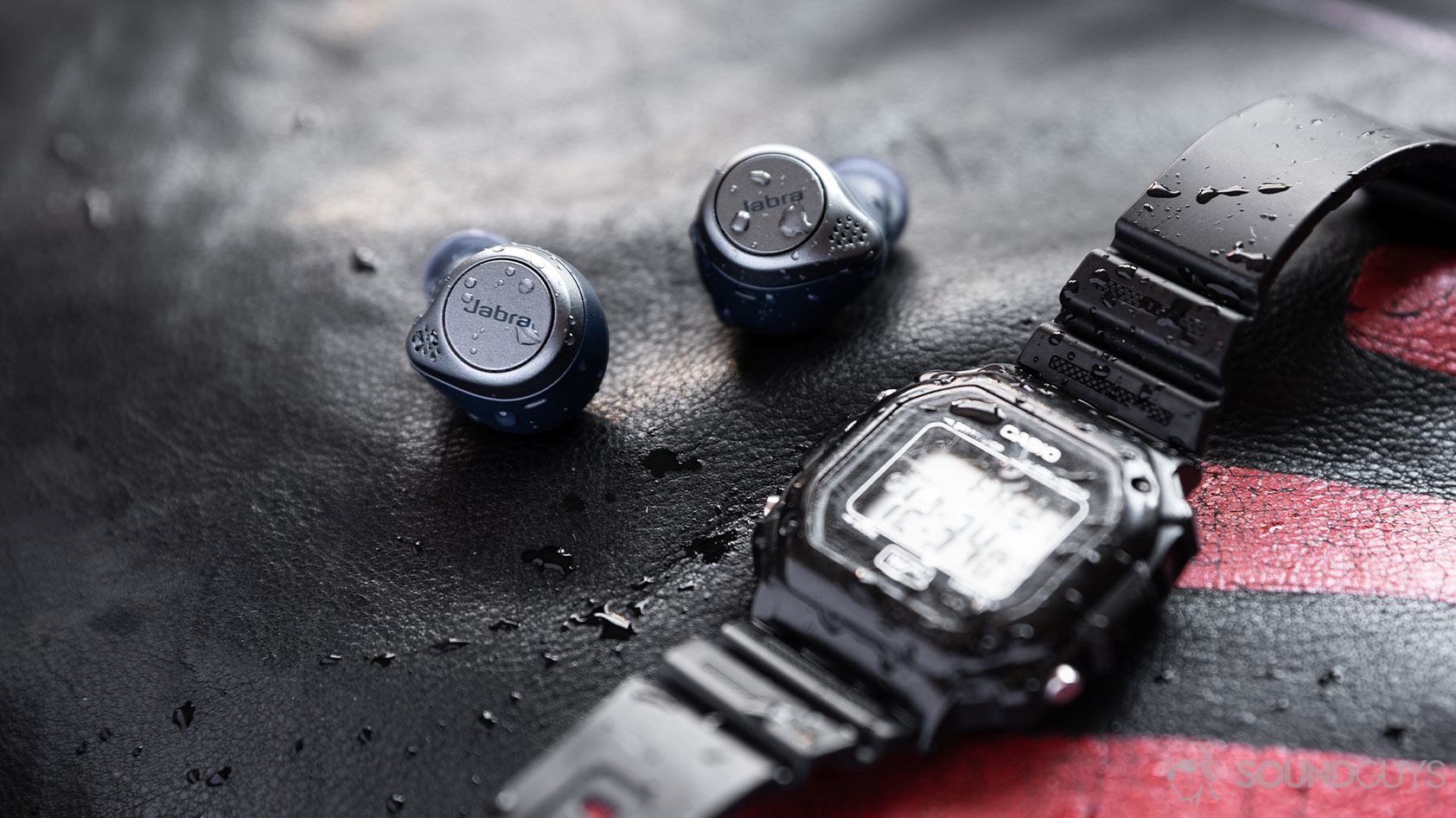
Ingress Protection ratings are stamped on smartphone spec sheets to promote that a given device is resistant to solids and liquids. Notice that I said “resistant,” there. You see, these ratings don’t mean that your phone is completely waterproof or dustproof. We have a brilliant explainer on the ins and outs of the topic. In a nutshell, the first number in the IP rating stands for dust resistance, and the second number stands for water resistance.
You could drop your phone in the pool and it should be fine, but you shouldn't expect it to survive a swim in the sea.
A phone that is IP68-rated means that it is dust-tight and protected against long periods of immersion in water. Specifically, an IP68-rated device can be submerged in water up to 1.5m deep for up to 30 minutes. An IP54-rated device is dust-protected and protected against water spray from all directions. However, this water resistance is only effective in fresh, clean water. So you could drop your phone in the sink and it should be fine, but you shouldn’t expect it to survive a swim in the sea.
freshwThese ratings are set by testing devices in laboratory conditions where the environment is controlled. These tests don’t account for different types of liquid, such as coffee, carbonated drinks, or seawater. Similarly, your phone will not necessarily last extended periods of time in the water, such as a swimming session. You shouldn’t be deliberately submerging your device in water or taking it out in the desert. The rating is there to indicate that your device could withstand a certain amount of dust and water, not to encourage you to take the phone deep-sea diving.
Continue reading: The pros and cons of water-resistant phones
I have personally had an IP68-rated smartphone become water damaged. My Galaxy S7 was dropped in the sea when taking a photo, and whilst I didn’t notice the effects of the saltwater at first, corrosion occurred inside the device, leading to its eventual failure. So don’t fill yourself with a false sense of confidence when you see an IP rating.
More megapixels mean better photos
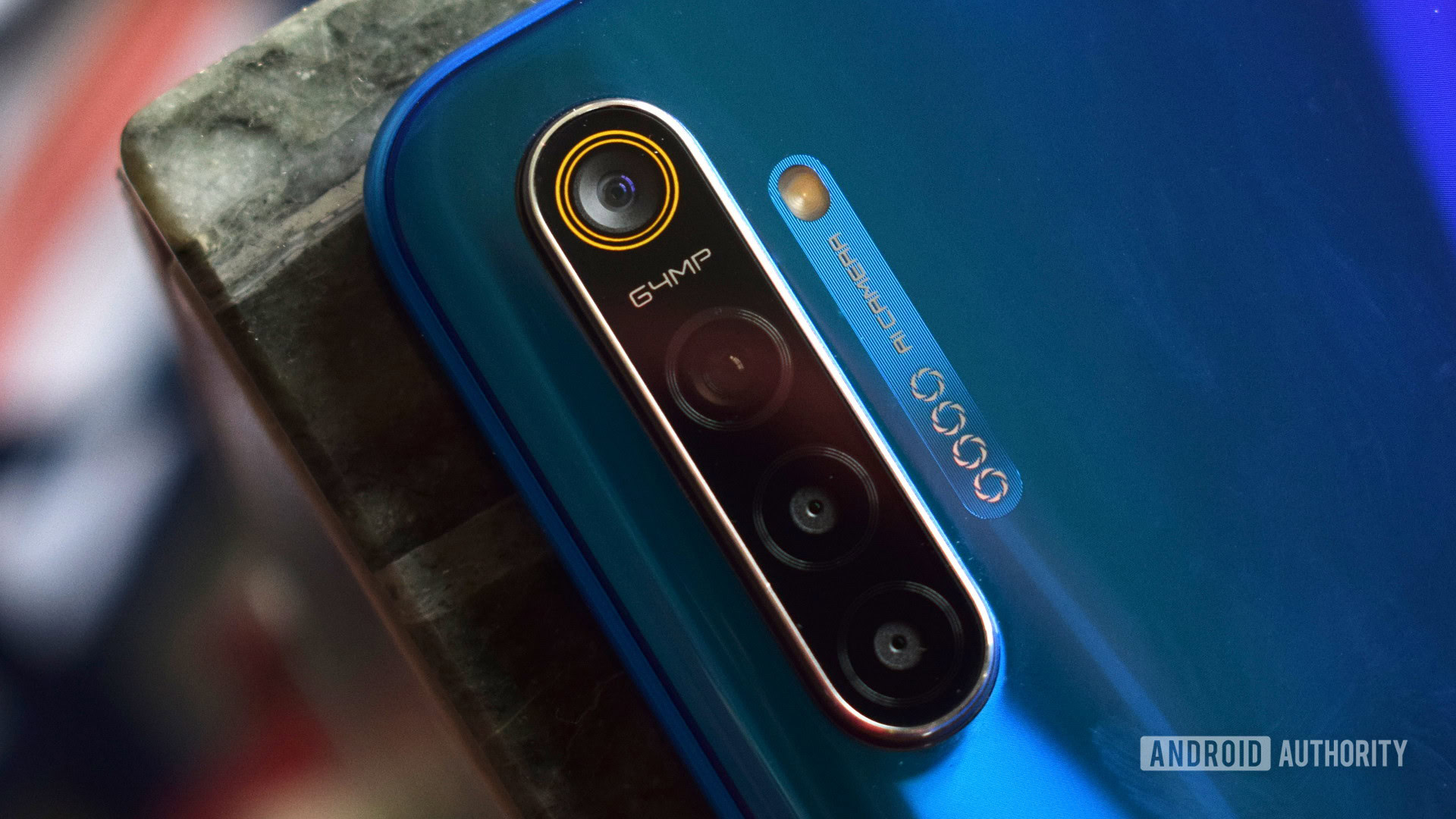
A lot of smartphone users think that having a phone camera with more megapixels will result in objectively better photos, but that couldn’t be further from the truth.
If you’re into smartphones, you’ll likely know about pixel binning. As a quick recap, this is the process of taking an image at the sensor’s full resolution, and then merging every four pixels into one (or nine into one if you’ve got a Samsung Galaxy S20 Ultra). This results in a generally sharper image, with great dynamic range and accurate colors thanks to the larger amount of light-information.
Thanks to this process, the standard “Photo” mode on all of these high-megapixel phones uses a binned image. To get a true 48MP, 64MP, or now even 108MP resolution photo you have to switch to a secondary shooting mode in your phone’s camera app. In fact, some phones don’t offer this kind of mode at all and only ever let you take binned images.
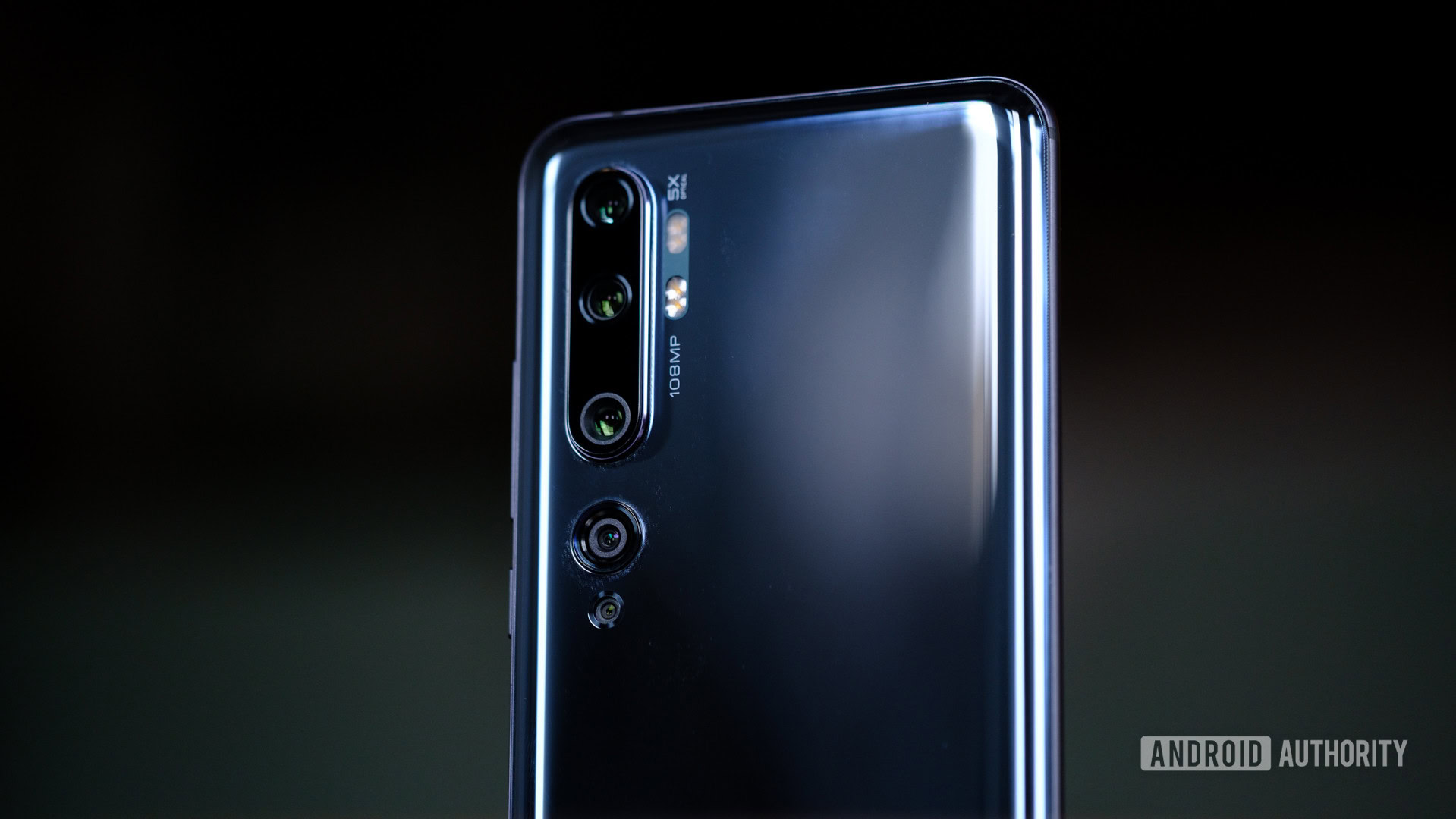
There’s a good reason for all this too. Color accuracy, low-light performance, and dynamic range all drop in quality when switching to the high-resolution modes. This is because when you use the full resolution mode, each photosite captures less data due to them being smaller and not allowing for as much light information.
When using the “Photo” mode, where the pixel binning technique is used, the camera system has a lot more information to play with when it comes to processing night mode, HDR, portrait mode, etc. This is because each quad-pixel array merges processes into one for the final output. As a result, the majority of the time it is far more effective than the full resolution mode, despite outputting a lower resolution image.
So, that fancy label stamped on the back of your phone with a huge megapixel count? The likelihood is it’s only ever taking 12MP snaps.
Are there any common misconceptions around smartphones that we missed? Let us know in the comments below!